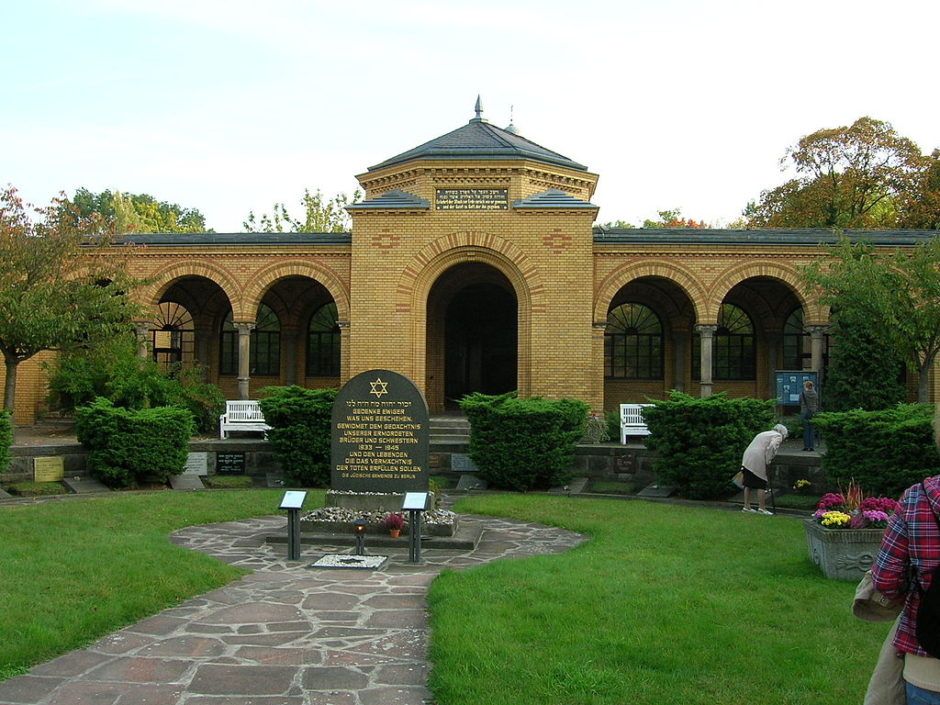Weissensee, the largest Jewish cemetery in Europe, contains the remains of some of the most illustrious figures in German Jewish history.
Covering an area of 42 hectares in northeastern Berlin, Weissensee is the final resting place of 115,000 souls in 120 sections. Prominent German Jews ranging from Leo Baeck and Hermann Cohen to Rudolf Mosse and Stefan Heym are buried here. Also interred are 500 Jewish German soldiers killed in World War I and European Jews murdered in Nazi concentration camps.
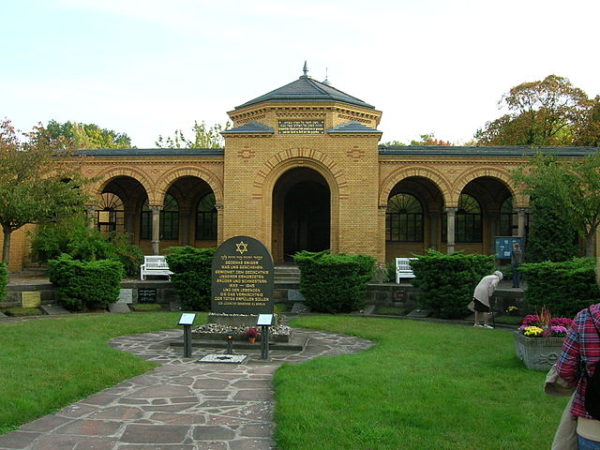
Designed by German architect Hugo Licht in Italian neo-renaissance style, Weissensee was opened in 1880, nine years after the official emancipation of German Jews. Approached from either Herbert Baum Strasse or Indira Gandhi Strasse, it is surrounded by a yellow brick wall and faces a phalanx of drab apartment buildings.
A Holocaust memorial in front of the main entrance lists the names of German concentration camps. Next to it is a memorial dedicated to the 12,000 German Jewish soldiers who fell foe the fatherland during World War I.
For reasons that are still unclear, Weissensee was spared by the Nazis. But during World War II, Allied bombs accidentally destroyed about 400 gravestones and a building.
For a decade after the war, Jews from East and West Berlin were buried here. From the 1950s onward, it was exclusively reserved for Jews living in East Berlin, the capital of the now-defunct German Democratic Republic. With Germany’s reunification in 1990, Weissensee was again opened to all residents of Berlin.
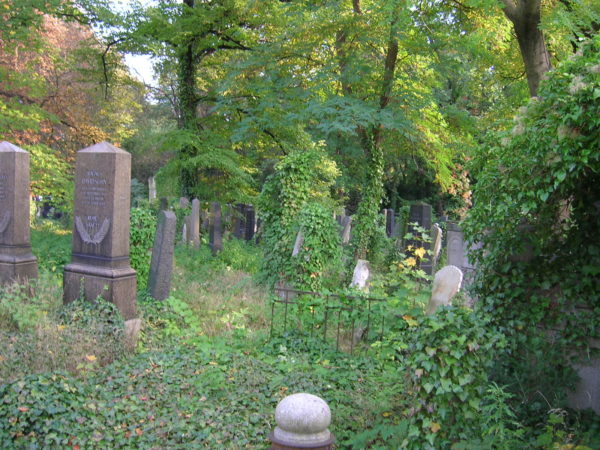
During the 1970s, plans to build an expressway through it were nipped in the bud by objections from East Berlin’s small Jewish community. But the cemetery, suffering from neglect, was overtaken by trees and foliage.
In 2009, in a project financed by the federal government and the municipality, Weissensee was given a facelift. The wall around it was renovated, the paths were cleared and the mouldering gravestones were restored.
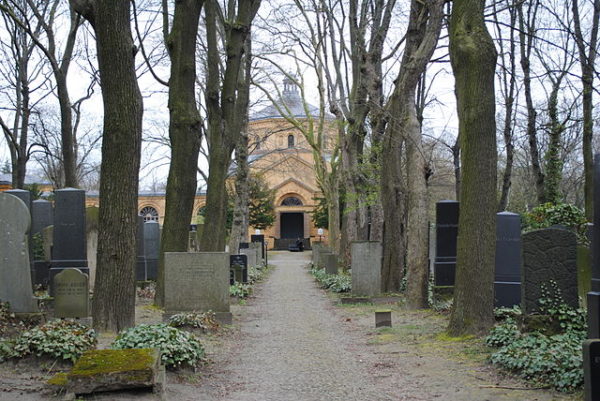
But even today, some tombstones are in lamentable condition, with inscriptions wearing off and ivy covering the lettering. Still others tilt at various angles.
The tombstones immortalize the mighty and the unknown.
The headstone of Holocaust victim Leo Less (1883-1942), who died in the Theresienstadt camp, is only a few meters away from the gravestone of Leo Baeck (1873-1956), a rabbi and a scholar and a towering figure in Reform Judaism.
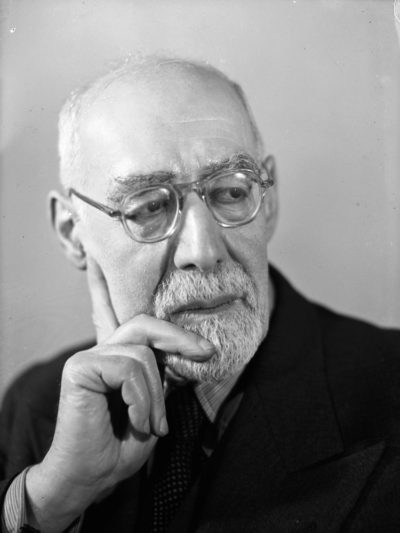
The gravestones of Hermann Cohen (1842-1918), Hermann Tietz (1837-1907), Berthold Kempinski (1842-1910) and Rudolf Mosse (1843-1920) respectively commemorate a renowned philosopher, a merchant who pioneered the concept of the department store in Germany, the proprietor of a chain of luxury hotels, and the preeminent publisher of daily newspapers in Berlin. The gravestone of Stefan Heym (1913-2001) pays tribute to a well-known East German journalist, novelist and political dissident.
A leisurely walk through Weissensee — the subject of a German documentary by Brigitta Wauer titled In Heaven Underground: The Jewish Cemetery in Berlin-Weissensee, is an exercise in German history.
